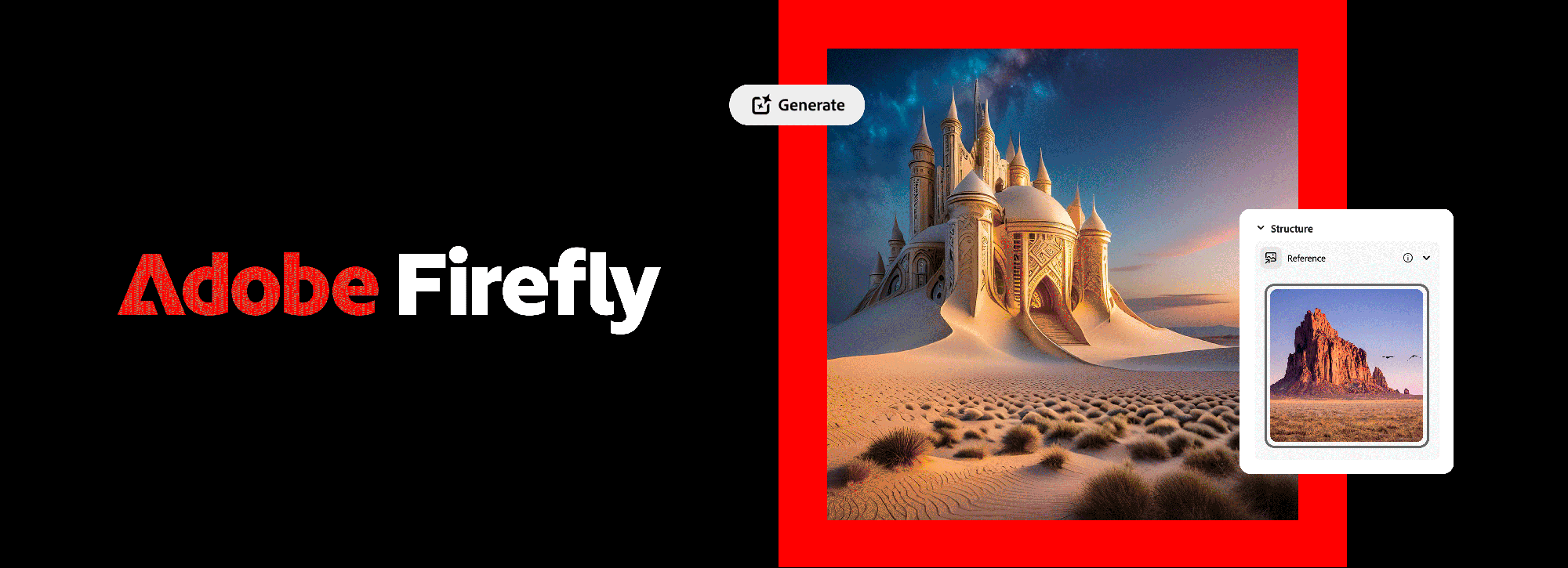The introduction of Adobe Firefly Image 3 Model at Adobe Max 2024 in London marks a significant milestone in the evolution of generative AI technologies within Adobe’s ecosystem. Unveiled as part of Adobe’s continuous enhancements to its Creative Cloud suite, this model brings a host of new features and improvements that dramatically increase the quality and control artists and designers have over AI-generated images. Together, these developments represent a leap forward in digital creativity tools, equipping users to produce high-quality, detailed, and stylistically diverse visuals more efficiently than ever.
Revolutionary Features in Professional Workflows
1. Enhanced Creative Expression: Adobe Firefly Image 3 Model introduces auto-stylization capabilities powered by a newly developed style engine. This feature allows for a broader variety of styles, colors, and compositions in the images it generates, offering creatives a wider palette for their digital artworks.
2. Improved Photorealistic Renderings: The model boasts improvements in rendering photorealistic images with better lighting and positioning, capturing intricate details that cater to high-quality visual content needs. This advancement ensures that the outputs not only meet but exceed professional standards.
3. Integration and Accessibility: The Firefly Image 3 Model is fully integrated across Adobe’s key applications, such as Photoshop, Illustrator, and InDesign, enhancing workflow efficiencies by enabling creatives to access generative AI tools within the software environments they are already familiar with.
4. Prompt and Control Enhancements: Significant upgrades have been made in understanding complex prompts, allowing for richer detail and more accurate representations of user instructions. This capability makes it easier for users to generate images that closely align with their envisioned concepts without the need for extensive manual adjustments.
Advanced Capabilities of Adobe Firefly Image 3 Model
Style Reference
Adobe Firefly’s Generative Match feature for Style References allows users to create images that consistently match a chosen style across different assets. By selecting from a curated list or uploading a custom style image, users can guide the AI to generate designs that adhere closely to their brand’s visual identity or creative vision. This tool is ideal for creating cohesive images for graphic design, branding, content creation and more, ensuring that each output effectively reflects the desired aesthetic.
Structure Reference
The newly introduced Structure References feature in Adobe Firefly significantly increases creative flexibility and allows users to create images that retain the layout of a reference image. This tool simplifies the creative process by eliminating the need for precise guidelines to achieve the desired visual results, and combines perfectly with Adobe’s Style Reference to fully control both the structure and aesthetics of images. For designers, marketing experts and creatives who want to develop ideas quickly and convert their inspirations into high-quality image material effortlessly, this function is a real benefit. This feature is a testament to Adobe’s commitment to combining technological innovation with creative expression and ensuring that users can effortlessly bring their visions to life.

Generative Fill and Expand in Photoshop
The latest version of Adobe Photoshop offers revolutionary features such as Generative Fill and Generative Expand, based on the Adobe Firefly Image 3 Foundation Model. These tools transform the creative process and make it easier and faster for users of all skill levels to produce high-quality creative content. The Generative Fill feature, enhanced by Reference Image, allows users to kick-start their creative process and take control of their creations, while Generate Image helps bring ideas to life quickly and enables a seamless transition from concept to completion.
The Impact on the Creative Industry
Adobe Firefly Image 3 Model not only pushes the boundaries of what’s possible in AI-driven image creation but also democratizes high-quality content creation. By reducing the barriers to producing professional-grade visuals, it empowers a broader range of creatives, from freelancers to large enterprises, to enhance their creative output efficiently and effectively. The introduction of Firefly Image 3 Model will change the way creatives approach design, enabling faster prototyping and iterative design processes.
Adobe’s commitment to ethical AI use is also evident in this release. Adobe Firefly was designed with copyright and intellectual property considerations at its core, ensuring that users can generate content for commercial use without infringing on existing copyrights. Moreover, all content generated by Adobe Firefly includes Content Credentials , providing transparency about the AI’s involvement in content creation and helping maintain trust in digital media.
Adobe’s updates are set against a backdrop of increasing integration of AI tools in creative industries, where the balance between automation and human creativity is continually being redefined. With these advancements, Adobe is not just responding to current trends but is actively shaping the future of digital creativity.
Conclusion
Adobe Firefly Image 3 Model represents a leap forward in the integration of AI with creative processes. Its sophisticated capabilities enable artists and designers to explore new creative territories with an unprecedented level of control and ease. As this technology continues to evolve, it will undoubtedly play a pivotal role in shaping the future of digital creativity, making it an exciting time for creators everywhere.
Adobe Firefly Image 3 Model is a testament to Adobe’s leadership in digital media innovation. The company is continually pushing the envelope in AI to support the creative vision of its global user community.
Source of Images and Videos: Adobe



